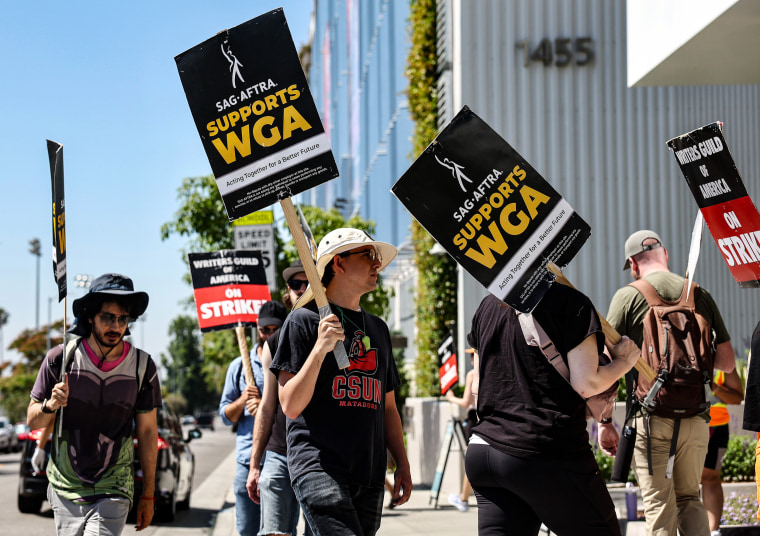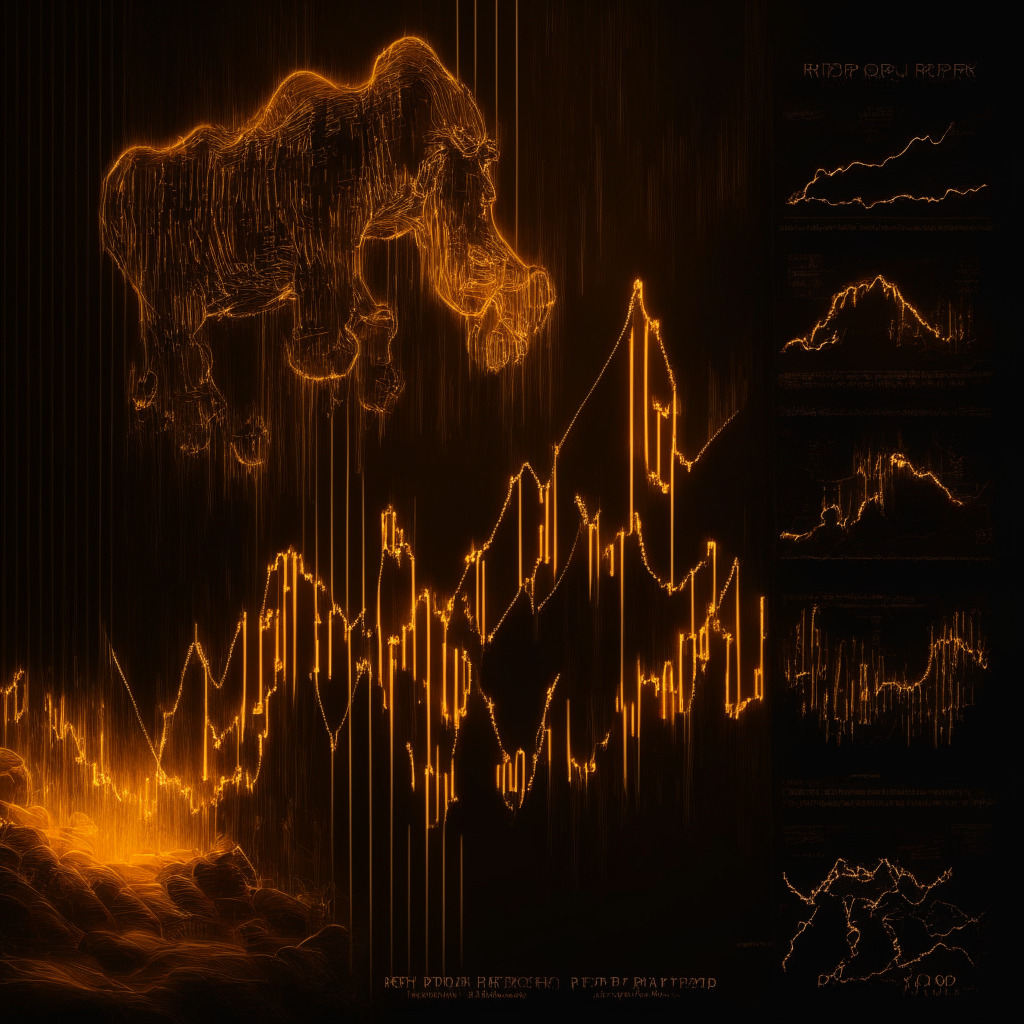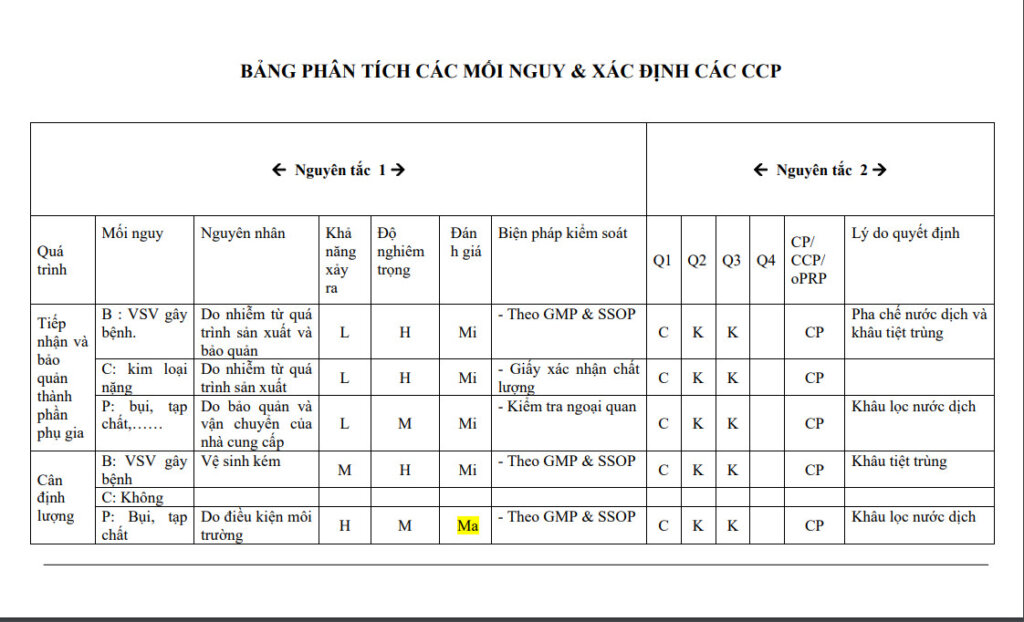WGA And SAG-AFTRA Strike: What It Means For The Future Of Hollywood

Table of Contents
Key Demands of the WGA and SAG-AFTRA Strike
The WGA and SAG-AFTRA strike is fueled by a multitude of concerns, primarily centered around fair compensation, the threat of AI, and the improvement of working conditions.
Fair Compensation and Residuals in the Streaming Era
The rise of streaming services has dramatically altered the landscape of television and film. Traditional models of compensation, particularly residuals (payments made to writers and actors each time their work is aired), are no longer sufficient in the streaming era. Streaming platforms often operate on subscription models, obscuring profit margins and making it difficult for unions to negotiate fair shares. The WGA and SAG-AFTRA are fighting for a more equitable system that reflects the value of their members' contributions, even in the context of on-demand viewing.
- Specific demands regarding residuals: Increased transparency in streaming revenue, a fairer share of profits based on viewership data, and minimum guaranteed residuals for streaming content.
- Impact of AI on residuals: The increasing use of AI in content creation threatens to further diminish residuals, as AI-generated content may not require the same level of human input. The unions are demanding protections against AI replacing human creativity and ensuring appropriate compensation when AI is used.
Protecting Writers and Actors from AI
The rapid advancements in artificial intelligence technology have introduced significant anxieties within the creative industries. Both the WGA and SAG-AFTRA express serious concerns about AI being used to replace human writers and actors. The potential for AI to generate scripts, create digital performances, and ultimately reduce the need for human talent poses a substantial threat to their livelihoods and the integrity of the creative process.
- Unions' demands regarding AI: Regulations on the use of AI in scriptwriting and performance capture, safeguards against the exploitation of AI to replace human workers, and potentially, even a complete ban on certain applications of AI in the creative process.
- Examples of AI’s potential use and implications: AI could be used to generate initial drafts of screenplays, create background characters, or even to imitate the performances of established actors. This raises significant ethical and practical questions about authorship, originality, and the displacement of human talent.
Improving Working Conditions
Beyond compensation, the WGA and SAG-AFTRA strike addresses long-standing issues related to working conditions within the entertainment industry. Many writers and actors face excessively long working hours, inadequate breaks, and a lack of safety protocols on set. These stressful conditions can negatively impact their physical and mental well-being.
- Demands for improved working conditions: Reduced working hours, mandated rest periods, improved safety measures on set, and increased transparency regarding working conditions.
- Specific improvements sought: Clearer contracts, better health and safety regulations, and stronger protections against harassment and exploitation.
Impact of the Strike on Hollywood Production
The WGA and SAG-AFTRA strike has brought Hollywood to a standstill, halting numerous television and film productions. The ripple effects are extensive and far-reaching.
Production Halts and Delays
The widespread shutdown of production has significant financial implications for studios and production companies. Numerous projects, from major studio films to smaller independent productions, are experiencing delays, potentially impacting release dates and revenue streams.
- Examples of delayed projects: Many high-profile film and television projects have been indefinitely postponed, causing uncertainty for investors and fans.
- Potential release date shifts: The delay of productions is pushing back release dates, causing a potential backlog of projects and impacting the film release schedule for years to come.
Economic Ripple Effects
The impact extends beyond the studios and production companies. Related industries such as catering, transportation, and post-production are also suffering from job losses and economic hardship. Local economies heavily reliant on film production face significant challenges.
- Impact on related industries: Businesses dependent on the film industry's activity are experiencing dramatic slowdowns, leading to layoffs and financial difficulties.
- Potential for long-term economic consequences: The prolonged strike could result in a long-term economic depression for certain areas heavily reliant on the entertainment industry.
Shifting Power Dynamics
The strike represents a significant challenge to the established power dynamics within the entertainment industry. The unions' strategic approach to negotiation could potentially reshape the future of labor relations in Hollywood, setting new precedents for future contracts and agreements.
- Unions’ negotiation strategies: The unions are employing various strategies including public pressure campaigns, picketing, and demonstrating solidarity to achieve their goals.
- Historical precedents: Analyzing past strikes and their outcomes can provide insights into the potential long-term consequences of this current action.
Potential Long-Term Consequences for Hollywood
The WGA and SAG-AFTRA strike has the potential to fundamentally reshape the Hollywood landscape.
Changes in Content Creation and Distribution
The strike could lead to significant changes in how content is created and distributed. It may accelerate the rise of independent production companies, alternative distribution models, and new ways to finance creative projects.
- Potential long-term shifts in content creation: This could include a greater focus on smaller-scale productions, innovative storytelling approaches, and alternative distribution platforms outside the traditional studio system.
Redefining the Role of Writers and Actors
The strike may force a re-evaluation of the role of writers and actors in the entertainment industry. It could lead to new forms of creative collaboration, increased recognition of their contributions, and a more equitable distribution of profits.
- Impact on creative process and artistic expression: The strike's outcome might lead to a more collaborative and less exploitative creative environment for writers and actors.
The Future of Streaming and its Impact on Labor
The strike is forcing a critical examination of the sustainability of current streaming models and their impact on labor. It could pave the way for regulatory changes affecting streaming services and a more balanced approach to compensation and working conditions.
- Potential for regulatory changes: This could involve government intervention to ensure fair labor practices and protect the rights of creatives within the streaming industry.
Conclusion: The WGA and SAG-AFTRA Strike: Shaping Hollywood's Future
The WGA and SAG-AFTRA strike is not just a labor dispute; it's a pivotal moment in the history of Hollywood. The key demands for fair compensation in the streaming era, protection against AI, and improved working conditions reflect fundamental shifts in the entertainment industry. The strike's outcome will significantly impact production models, labor relations, and content creation for years to come. The long-term consequences are far-reaching and demand close attention. Stay informed about the ongoing WGA and SAG-AFTRA strike and its developments by following reputable news sources and union websites. The future of entertainment, and the role of writers and actors within it, hangs in the balance. Understanding the implications of this WGA and SAG-AFTRA strike is crucial for anyone interested in the future of Hollywood.

Featured Posts
-
 Invest Smart A Map Of The Countrys Promising Business Hotspots
May 01, 2025
Invest Smart A Map Of The Countrys Promising Business Hotspots
May 01, 2025 -
 Analyzing Xrp Ripple At Under 3 A Prudent Investment Strategy
May 01, 2025
Analyzing Xrp Ripple At Under 3 A Prudent Investment Strategy
May 01, 2025 -
 Danh Gia Rui Ro Dau Tu Cong Ty Tung Bi Nghi Van Lua Dao Nen Hay Khong Nen Dau Tu
May 01, 2025
Danh Gia Rui Ro Dau Tu Cong Ty Tung Bi Nghi Van Lua Dao Nen Hay Khong Nen Dau Tu
May 01, 2025 -
 Us Navy 60 Million Jet Lost At Sea Aircraft Carrier Incident
May 01, 2025
Us Navy 60 Million Jet Lost At Sea Aircraft Carrier Incident
May 01, 2025 -
 Guilty Plea Lab Owner Admits To Fraudulent Covid 19 Testing
May 01, 2025
Guilty Plea Lab Owner Admits To Fraudulent Covid 19 Testing
May 01, 2025
Latest Posts
-
 Neal Pionk All The Latest News And Highlights
May 01, 2025
Neal Pionk All The Latest News And Highlights
May 01, 2025 -
 Neal Pionk Injury Update Latest News And Rumors
May 01, 2025
Neal Pionk Injury Update Latest News And Rumors
May 01, 2025 -
 Tkachuk And Panthers Explosive Second Period Secures Win Against Senators
May 01, 2025
Tkachuk And Panthers Explosive Second Period Secures Win Against Senators
May 01, 2025 -
 Neal Pionk Breaking News And Highlights From Around The Nhl
May 01, 2025
Neal Pionk Breaking News And Highlights From Around The Nhl
May 01, 2025 -
 Panthers Overpower Senators With Dominant Second Period
May 01, 2025
Panthers Overpower Senators With Dominant Second Period
May 01, 2025
